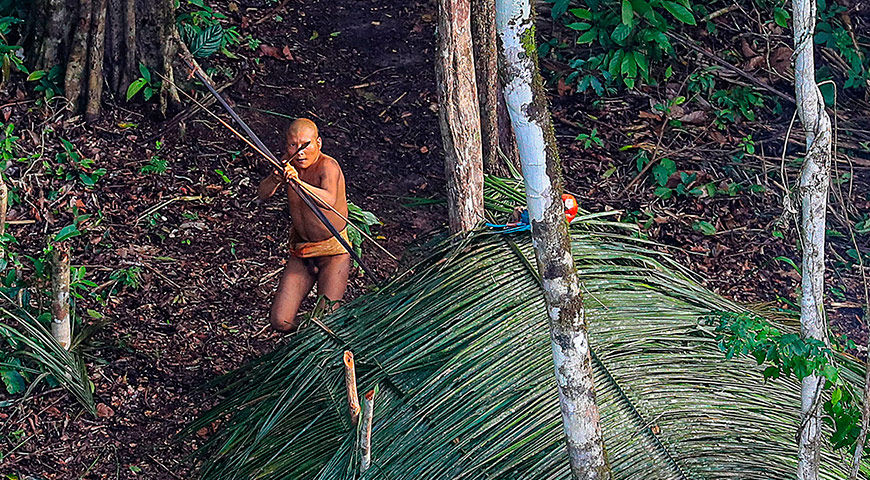

Un-contacted tribes of the Amazon
What with the internet, smartphones and TV, most of us are connected to the outside world every moment of our lives. The thought that some people in the world today could be completely unaware of technology, civilisation and industry is almost unbelievable, especially when we can jet off on exotic Amazon Jungle expeditions, cruises or city breaks at a moment’s notice.
However, this is exactly how around 77 tribes in the remote Amazon jungle are living, completely self-sufficient and with a culture, language and history all of their own. Though you’re unlikely to come across any of these isolated peoples during your rainforest expedition, learning more about the Amazon Jungle and the people who live there will help to enhance your experience and give you a deeper understanding of life in the jungle.
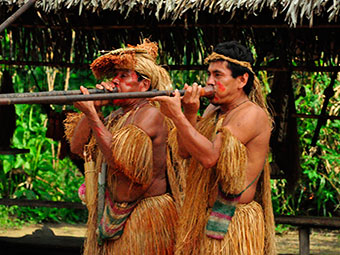 Where are un-contacted tribes living?
Where are un-contacted tribes living?
The majority of the un-contacted tribes still living in the Amazon are located around the Peru-Brazil border, with some scattered tribes in Bolivia, Colombia and Ecuador.
This remote area offers the tribes protection from the outside world, allowing them to live in relative peace and almost complete isolation. However, as we still have a lot to learn about the Amazon jungle and the people who live there, it’s impossible to know exactly how many communities are yet to be discovered.
The dangers facing un-contacted tribes
The main danger facing un-contacted tribes in the Amazon comes from the modern world, specifically illegal loggers and other groups operating in the rainforest.
In a recent example, a tribe from one of the most remote parts of the Peruvian Amazon emerged in Brazil following an attack by people trying to gain control of the area. Looking for allies and weapons, the tribe made contact with local people living in the area before disappearing back into the jungle.
Amazon RainforestAs well as violence, contact with the modern world can also bring disease to these isolated tribes, with common viruses like the flu causing serious damage to un-contacted communities.
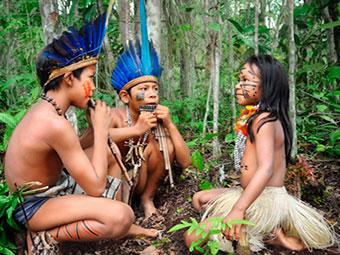 Will there be more contact in the future?
Will there be more contact in the future?
Though we still have a lot to learn about the Amazon Jungle, one thing we do know is that it is slowly being cut down and encroached on year by year.
As more and more outsiders venture into tribal areas, un-contacted people will be forced out into the open, exposing themselves to the health risks of the modern world.
Luckily, there are several organisations campaigning for the rights of un-contacted people, giving them the chance to live the way that they want in safety and security while protecting the rainforest that surrounds them.
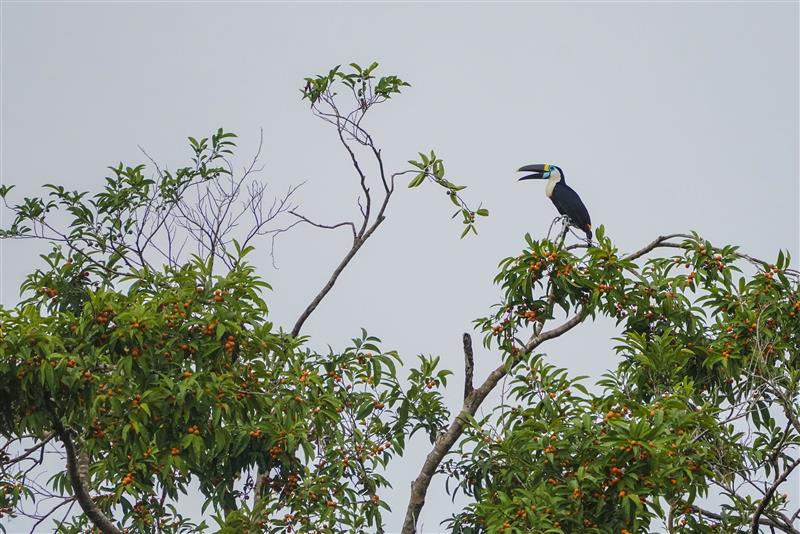
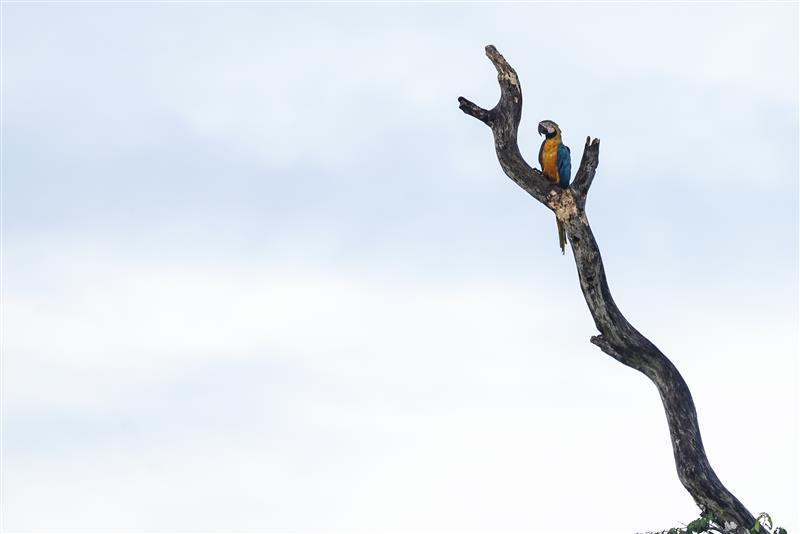
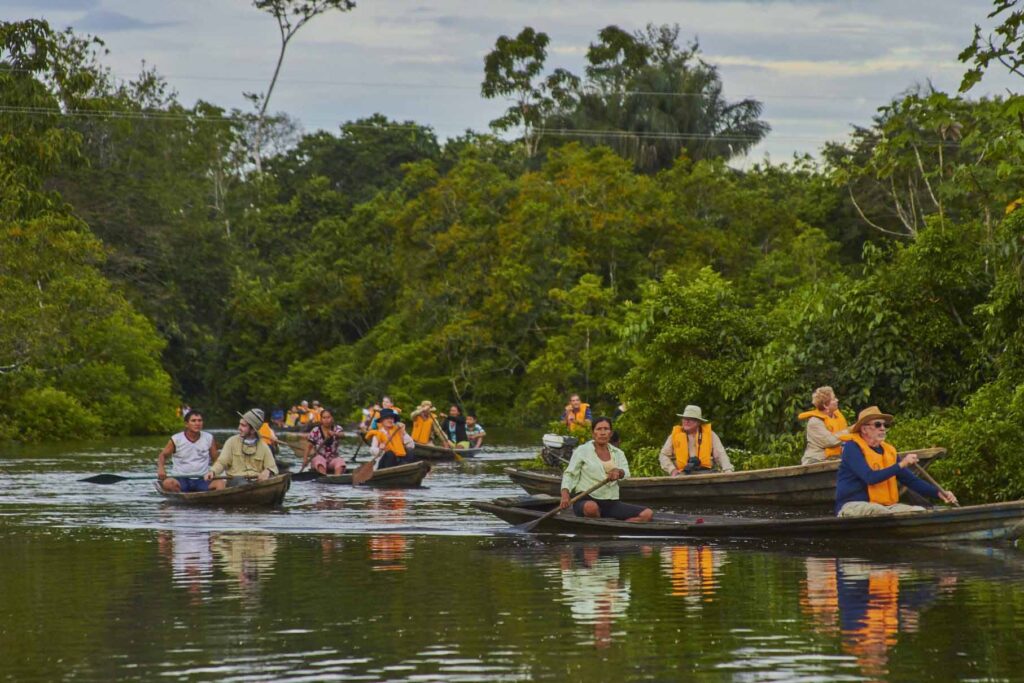
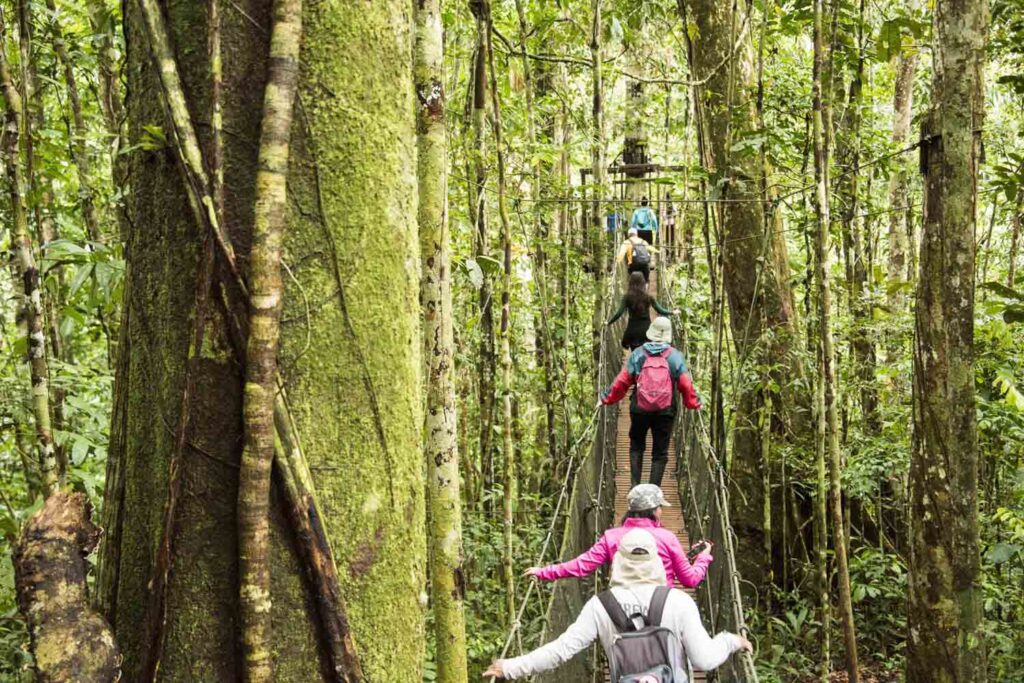
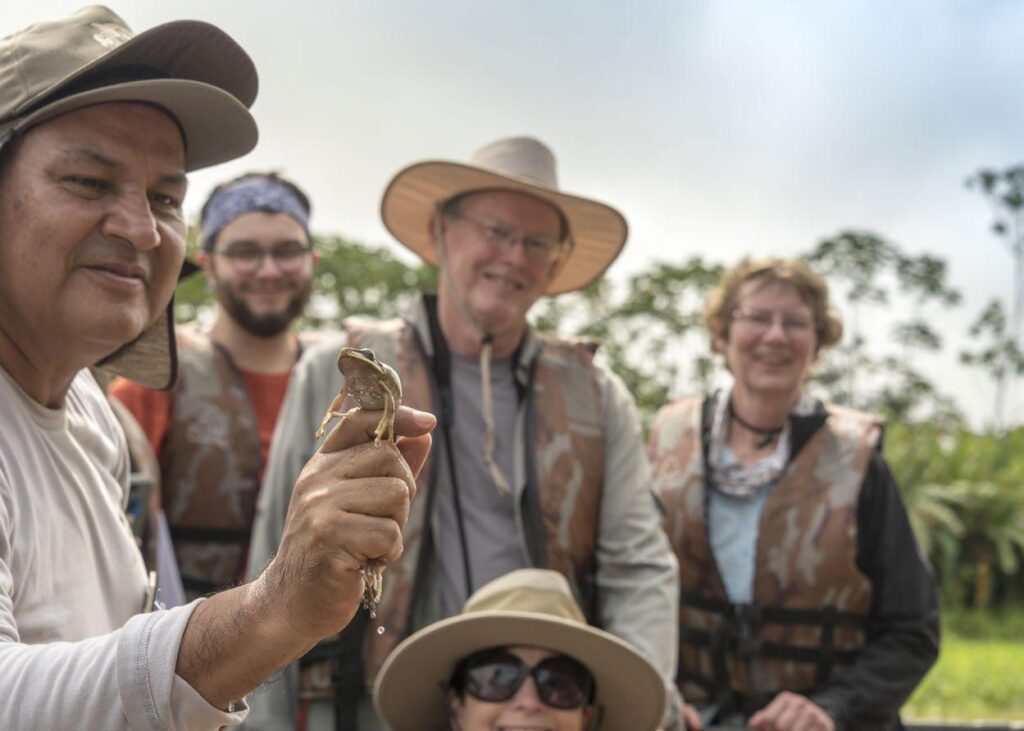
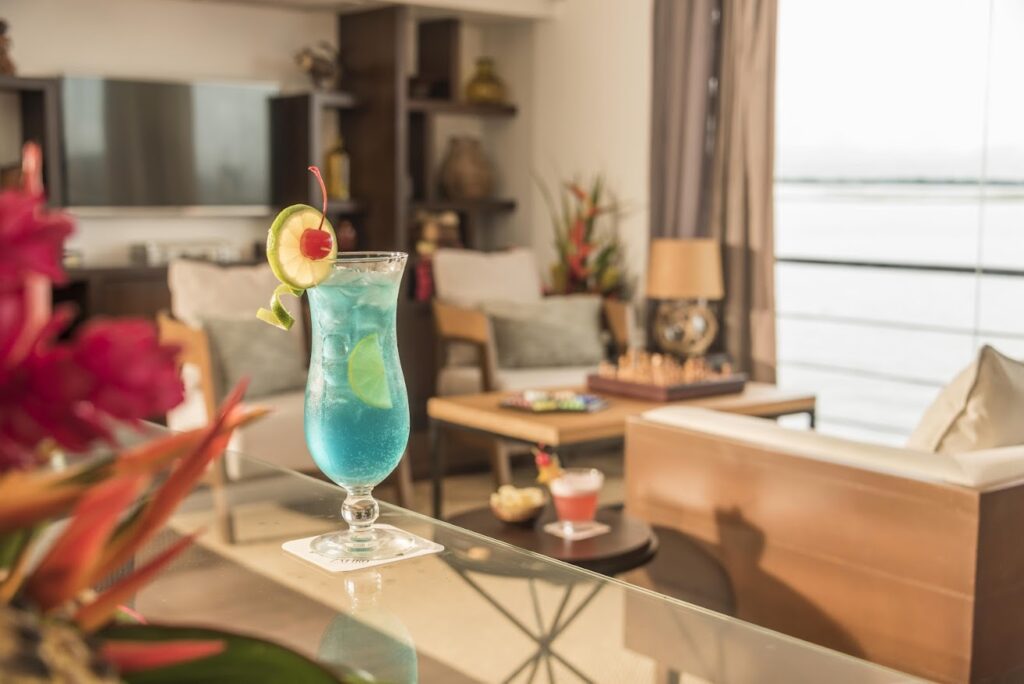
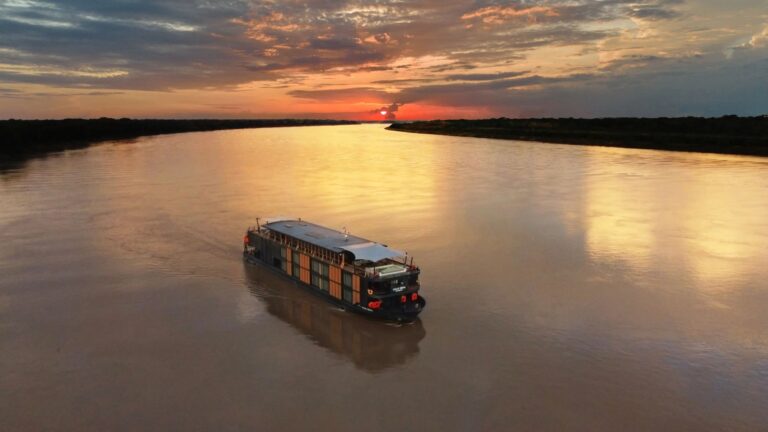
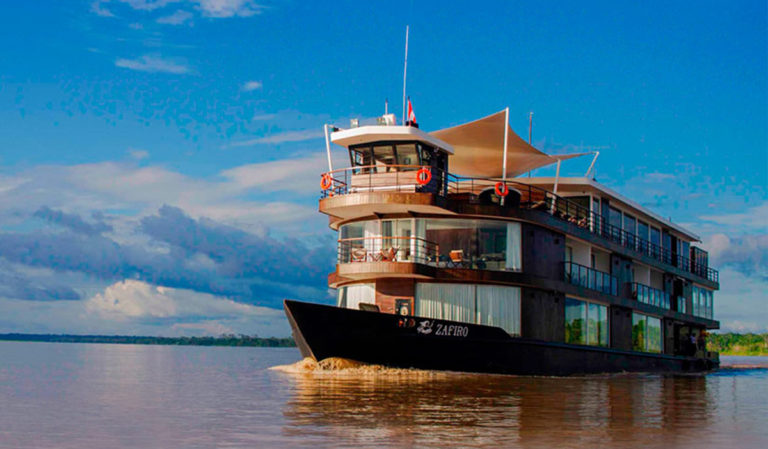
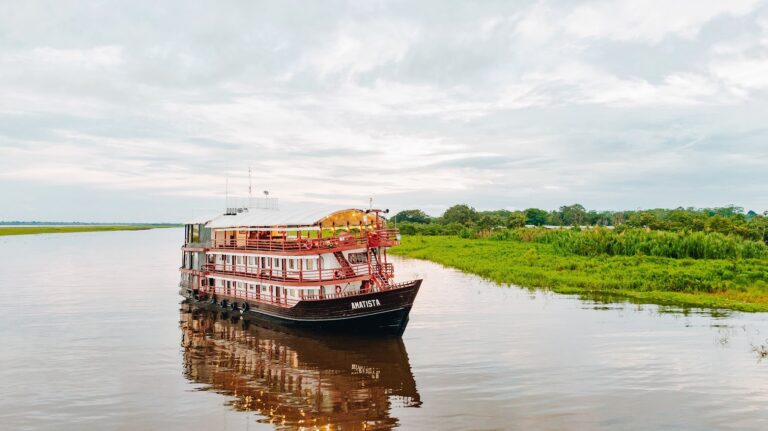
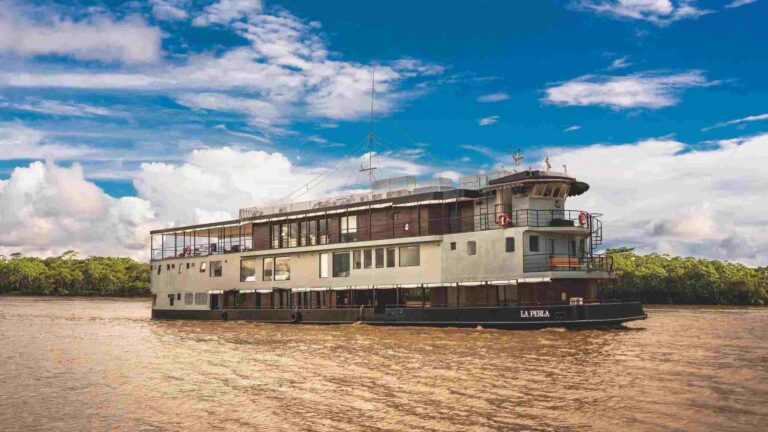
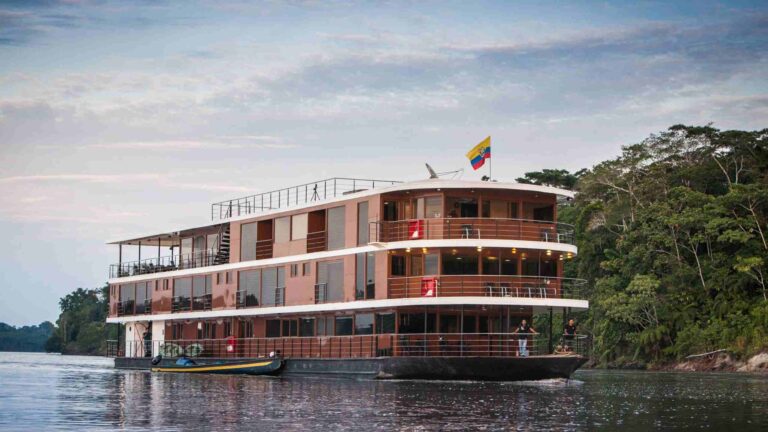
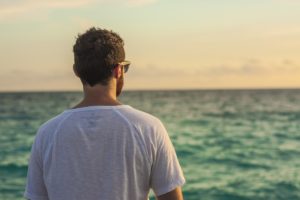
Leave a Comment